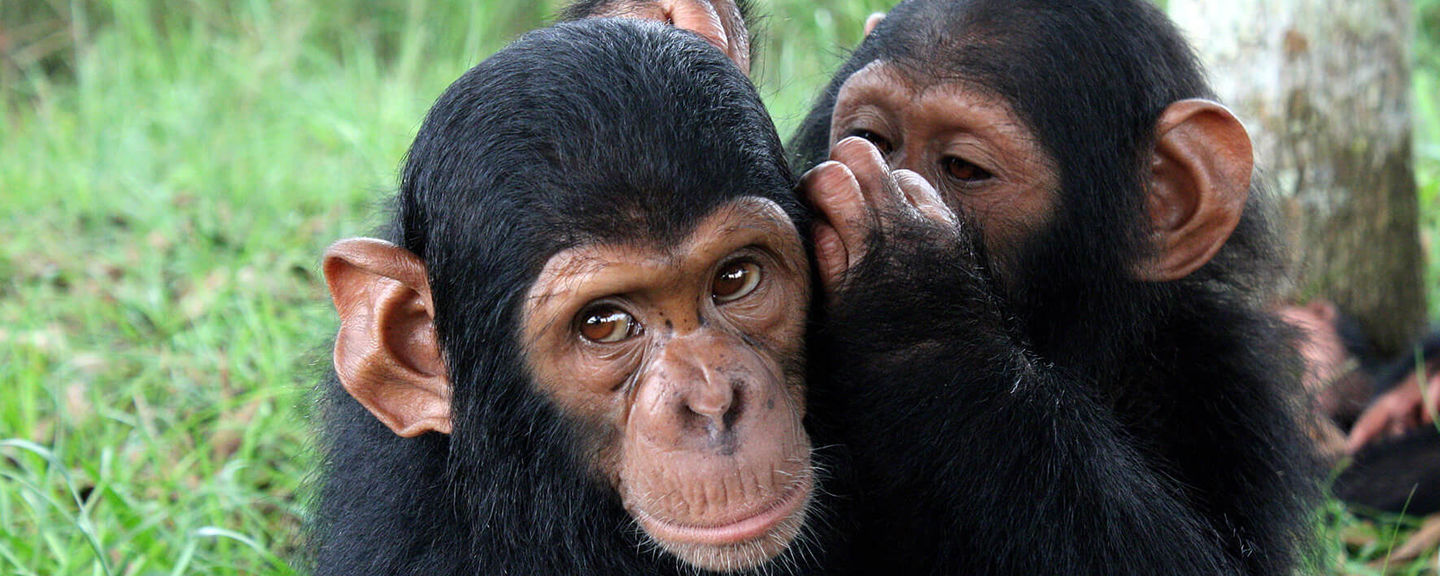Chimpanzee Culture

Chimpanzees and humans share a surprising number of similarities. For starters, chimpanzees and people share nearly identical genetic DNA. More recently, another similarity has been discovered: the presence of culture in chimpanzees.
Culture has historically been regarded as a distinguishing feature of what makes humans unique. Culture is defined as “the integrated pattern of human knowledge, belief, and behavior that depends upon the capacity for learning and transmitting knowledge to succeeding generations.” However, scientists have discovered evidence of culture in different animal species. The strongest and most diverse evidence of culture in animals has been found in chimpanzees.
Jane Goodall’s long-term research on the chimpanzees of Gombe contributed to a comprehensive study that identified almost 40 different behaviour patterns in chimpanzees that are an indication of significant cultural variation. These behaviours include differences in tool use, aimed throwing, nest building, grooming, rain dances, and courtship rituals, and were found to be customary in some communities while absent in others. Researchers ruled out the possibility of the natural environment as influencing such differences. Instead the variation in behaviour was traced to multi-generational social learning and customs — in other words, culture.
Even chimpanzee populations with the same tools at their disposal show different behavioural patterns that stem from multi-generational social learning – lessons that a mother may pass on to her offspring that she learned from her mother. For example, in Uganda, chimpanzees in the Kibale forest use sticks to extract honey from a log, while chimpanzees from the Budongo forest use chewed leaves as sponges to collect honey from logs. The difference in tools used by chimpanzees in different locations is significant as it demonstrates the extended impact of social learning and how it can shape populations through their social norms over multiple generations. This gives us some insight into how our cultures may have begun millions of years ago.
A recent study found a significant correlation between the number of female chimpanzees within a group and the number of cultural traits, suggesting that female chimpanzees play an important role in transmitting and maintaining cultural diversity. Infant chimpanzees spend approximately eight years in close proximity to their mothers suggesting that much of their learned behaviour is the result of the mother’s influence.
More research and long-term studies on chimpanzees are important for identifying new cultural traits and how these cultures evolve overtime. Many believe that chimpanzees have not evolved culture on the scale of human beings due to their lack of advanced language. Continued research may produce new findings that not only change how we think of culture, but how it has been used to define us as superior beings of the animal kingdom.